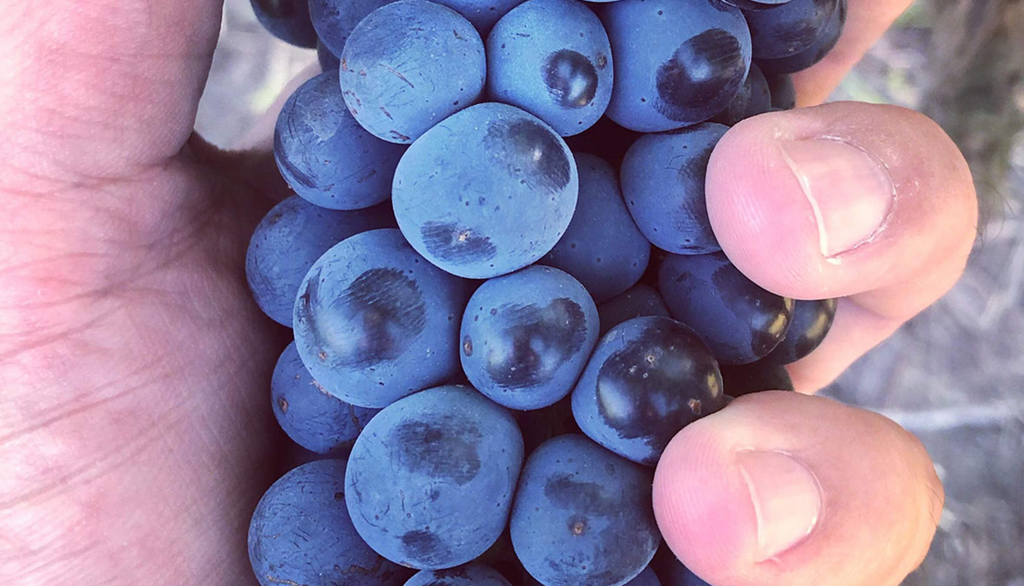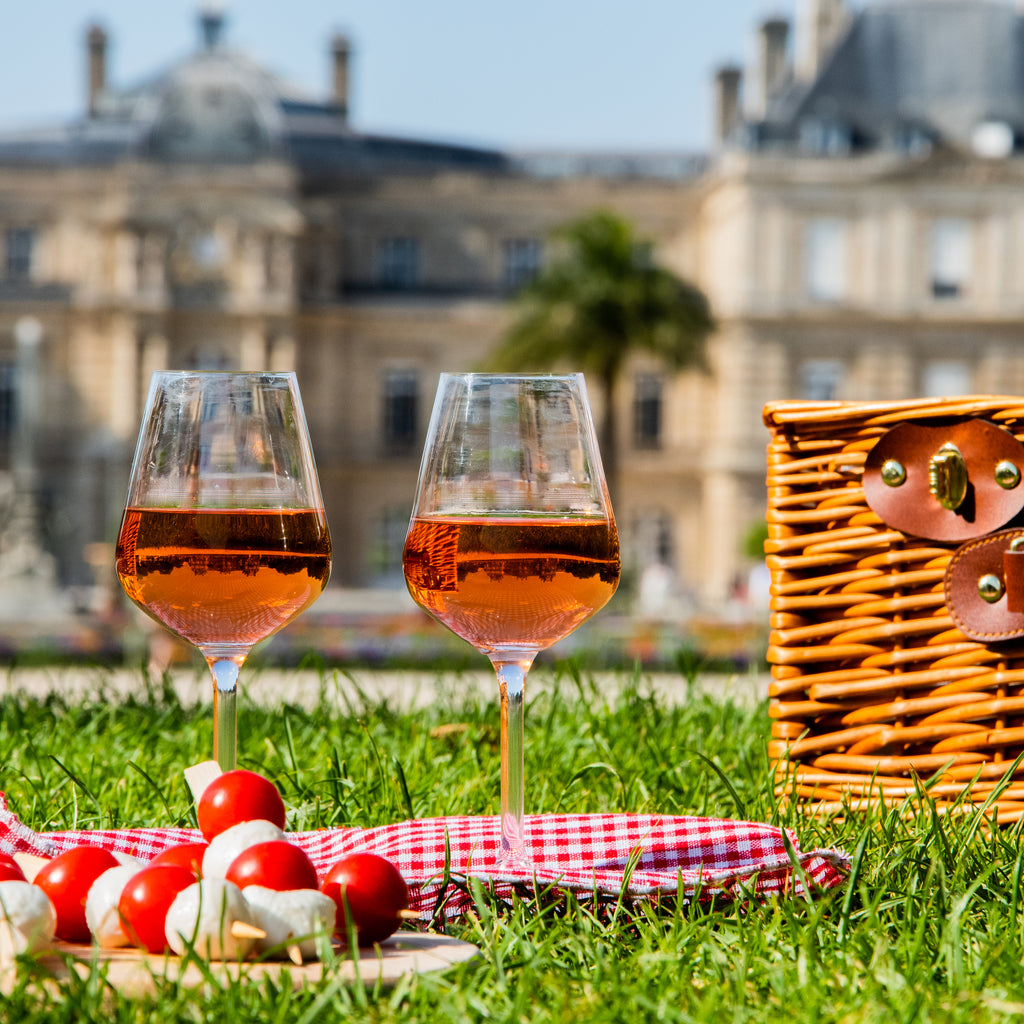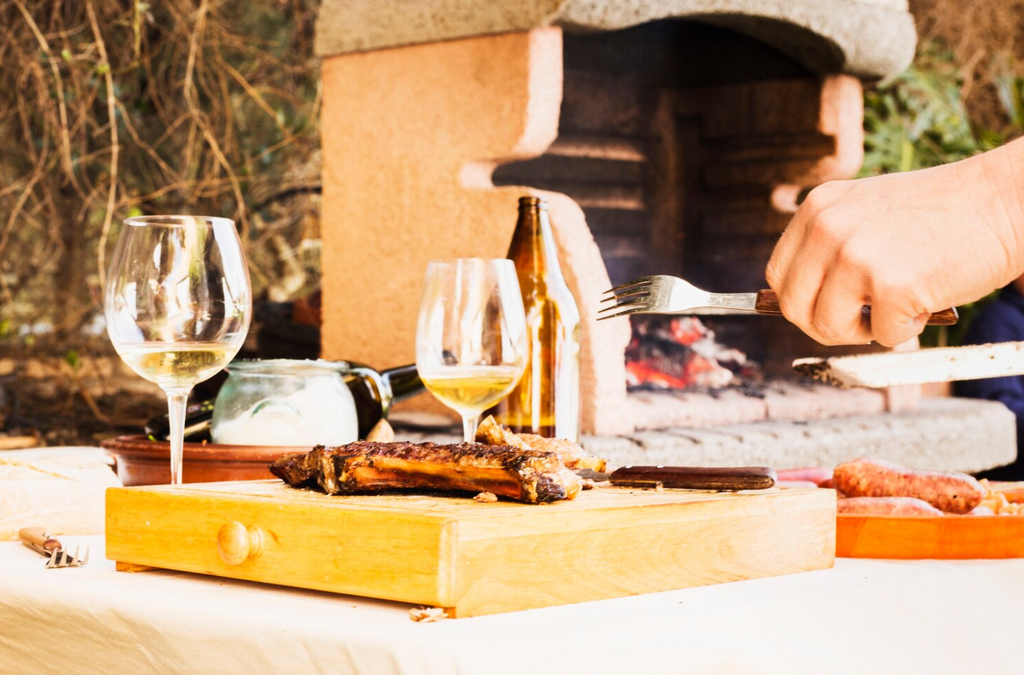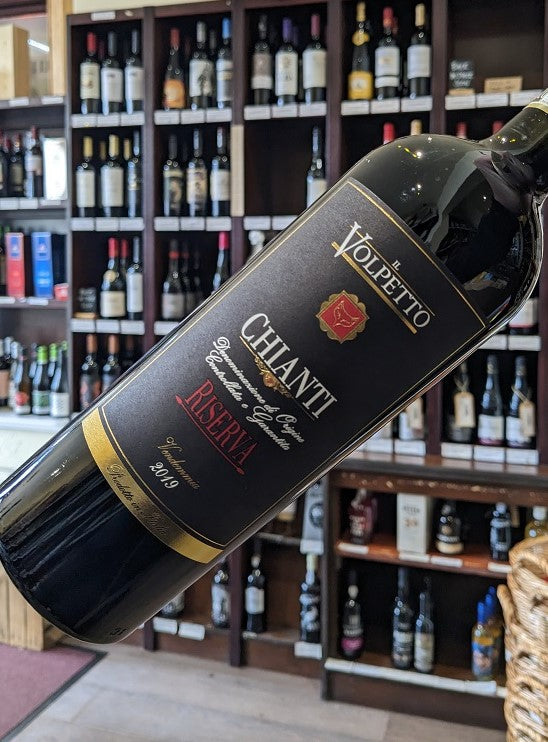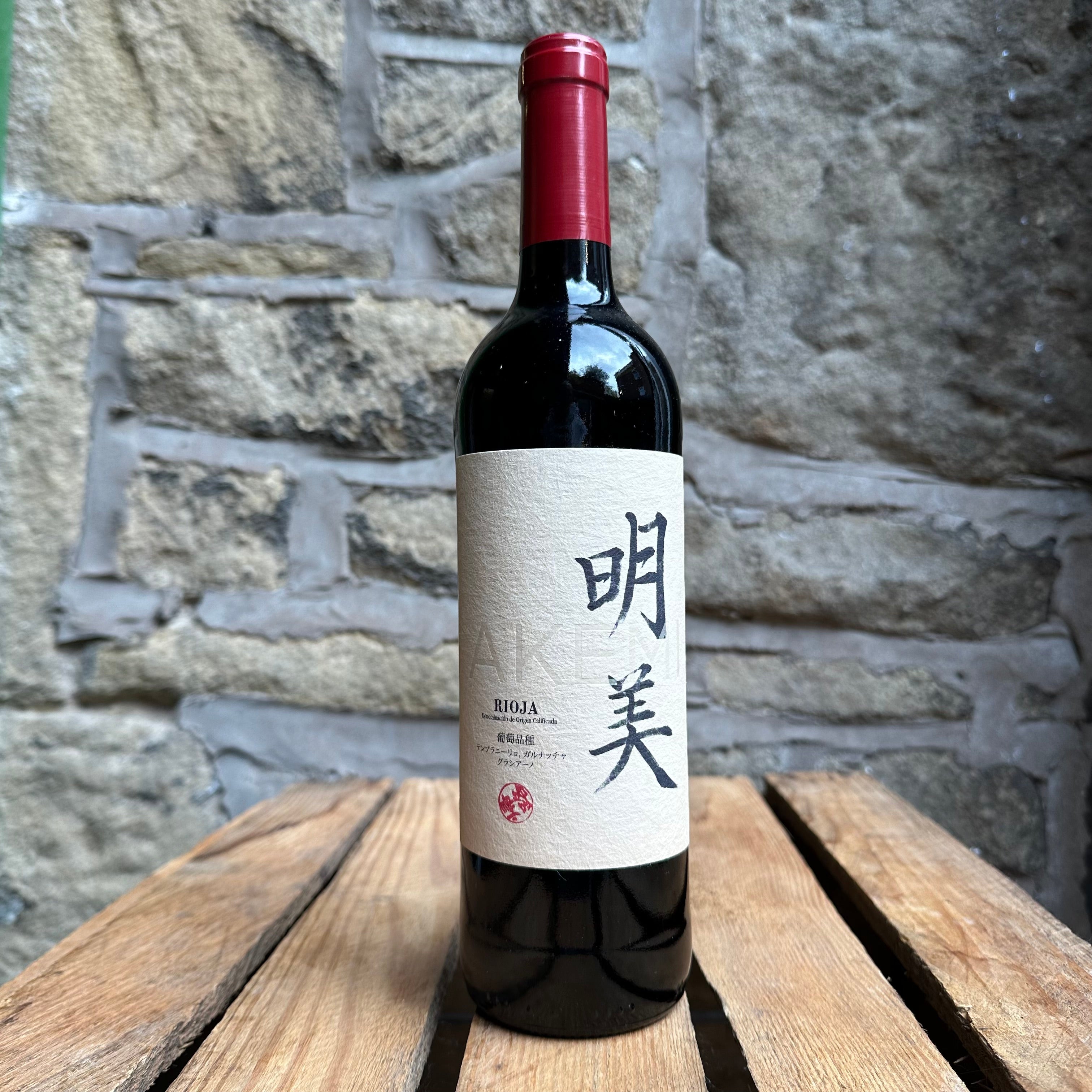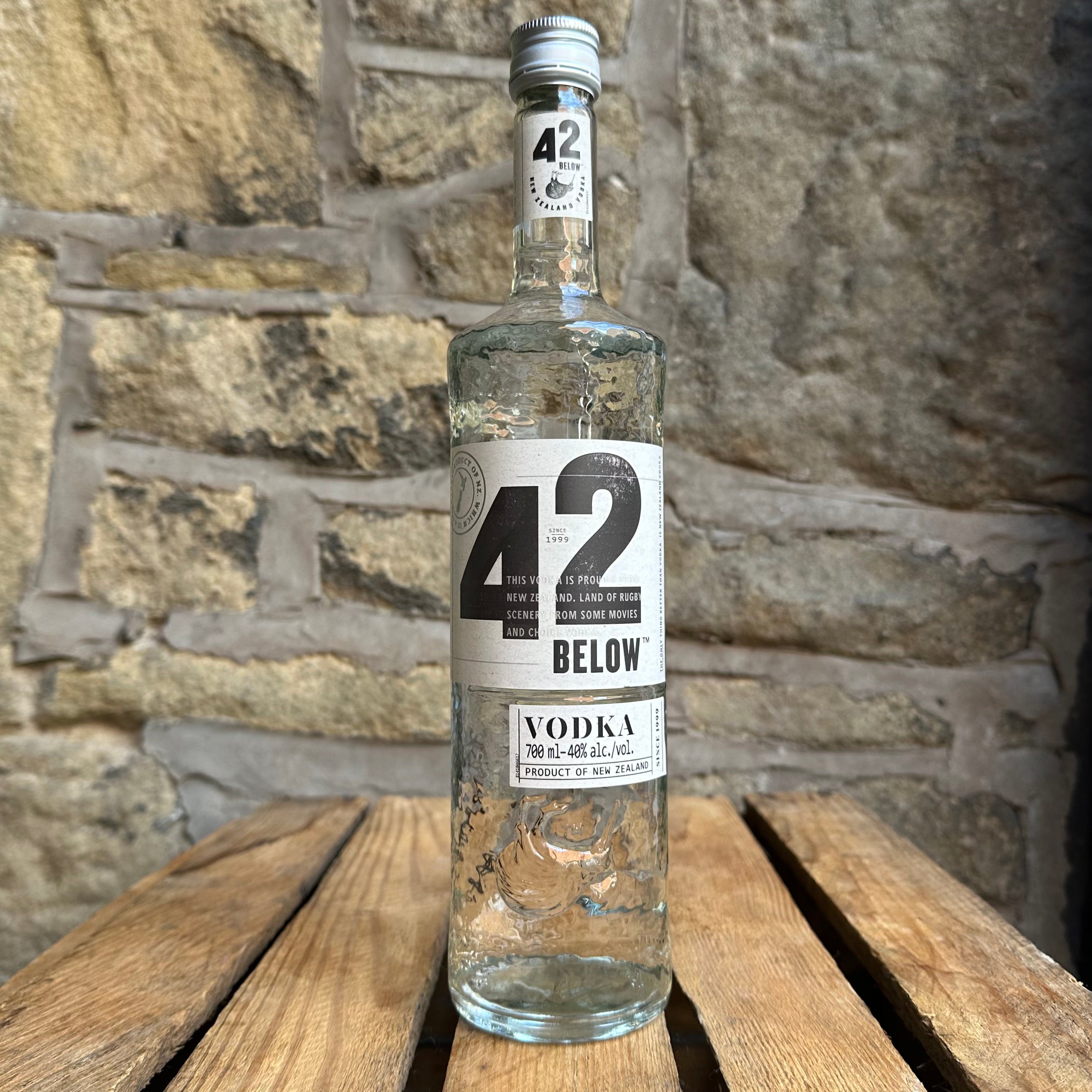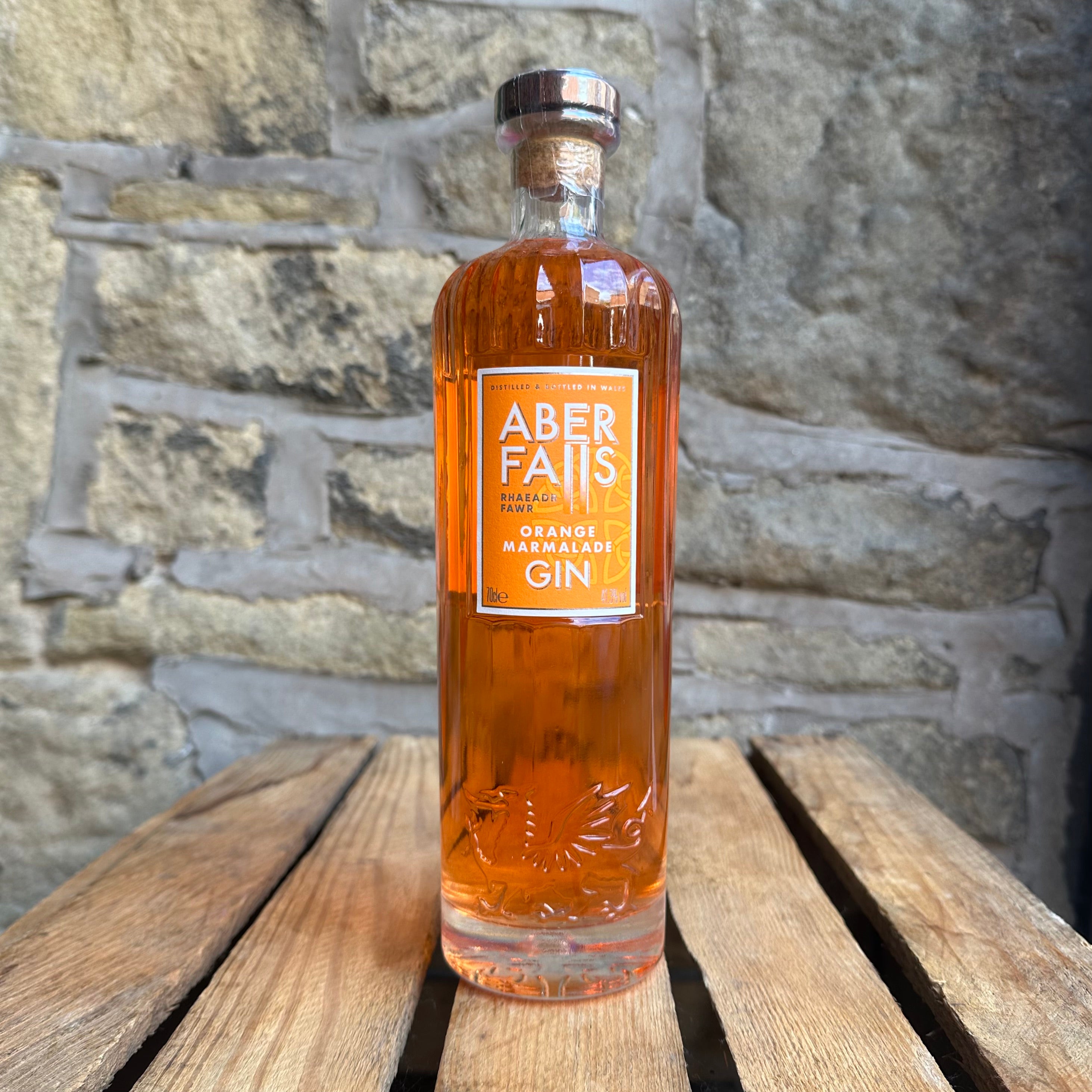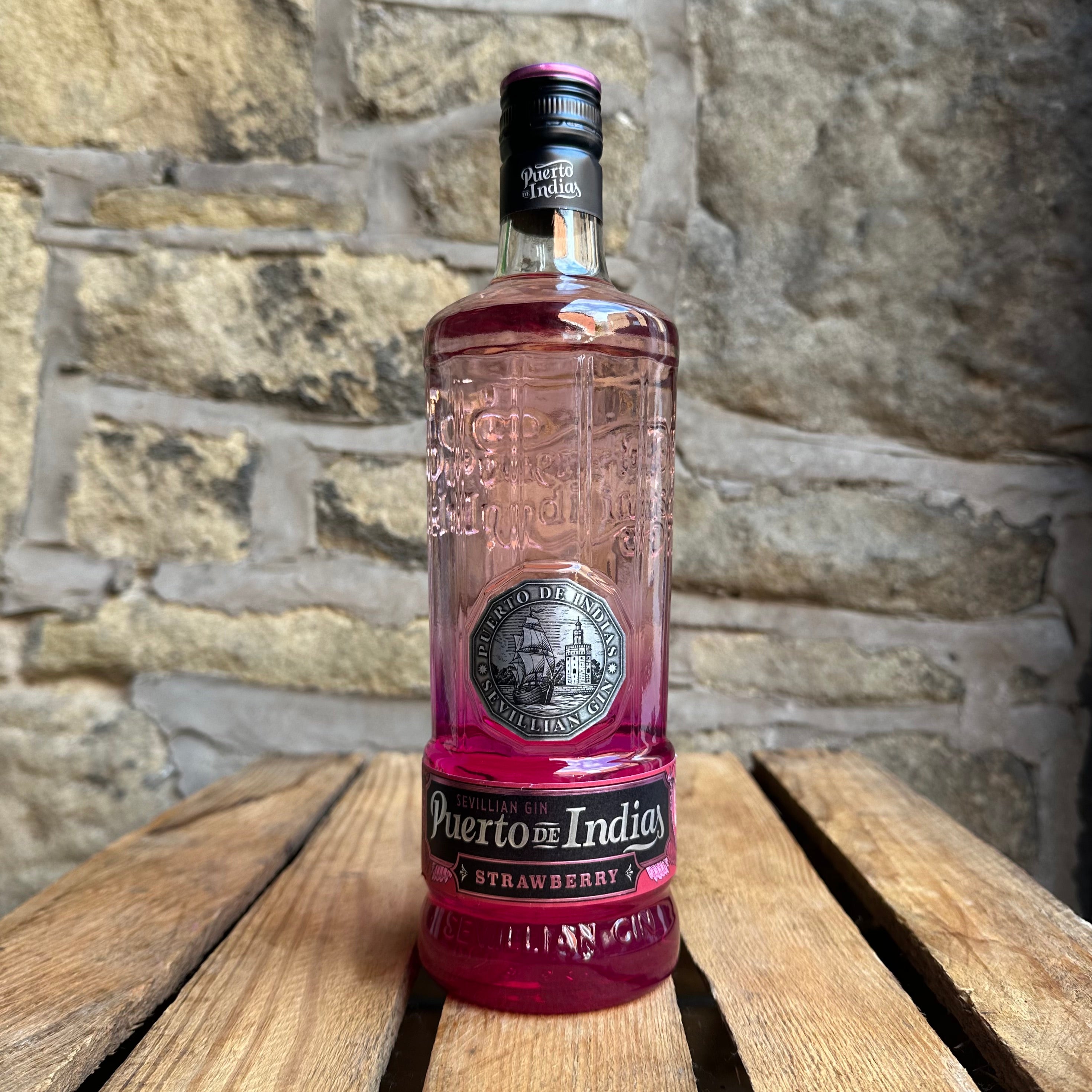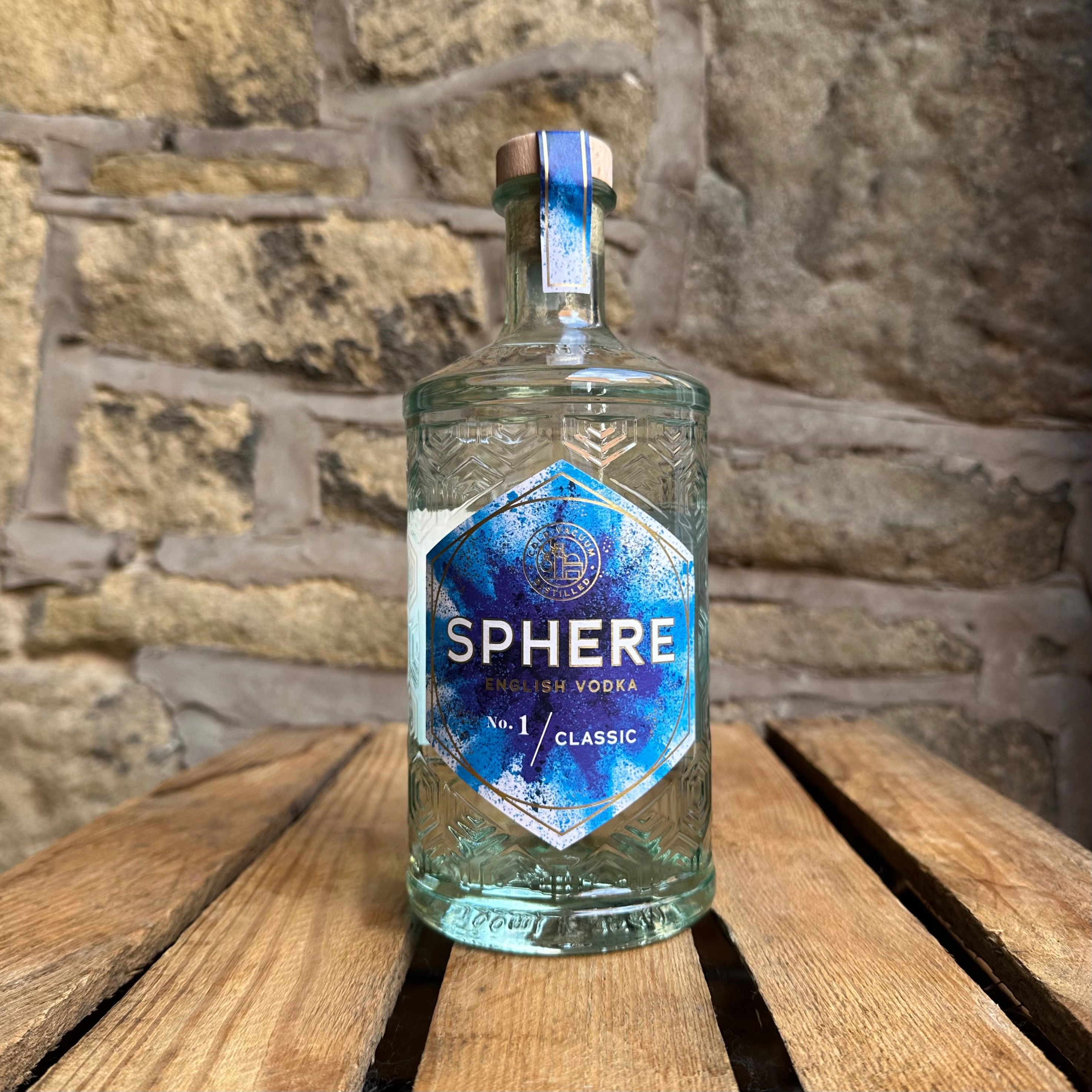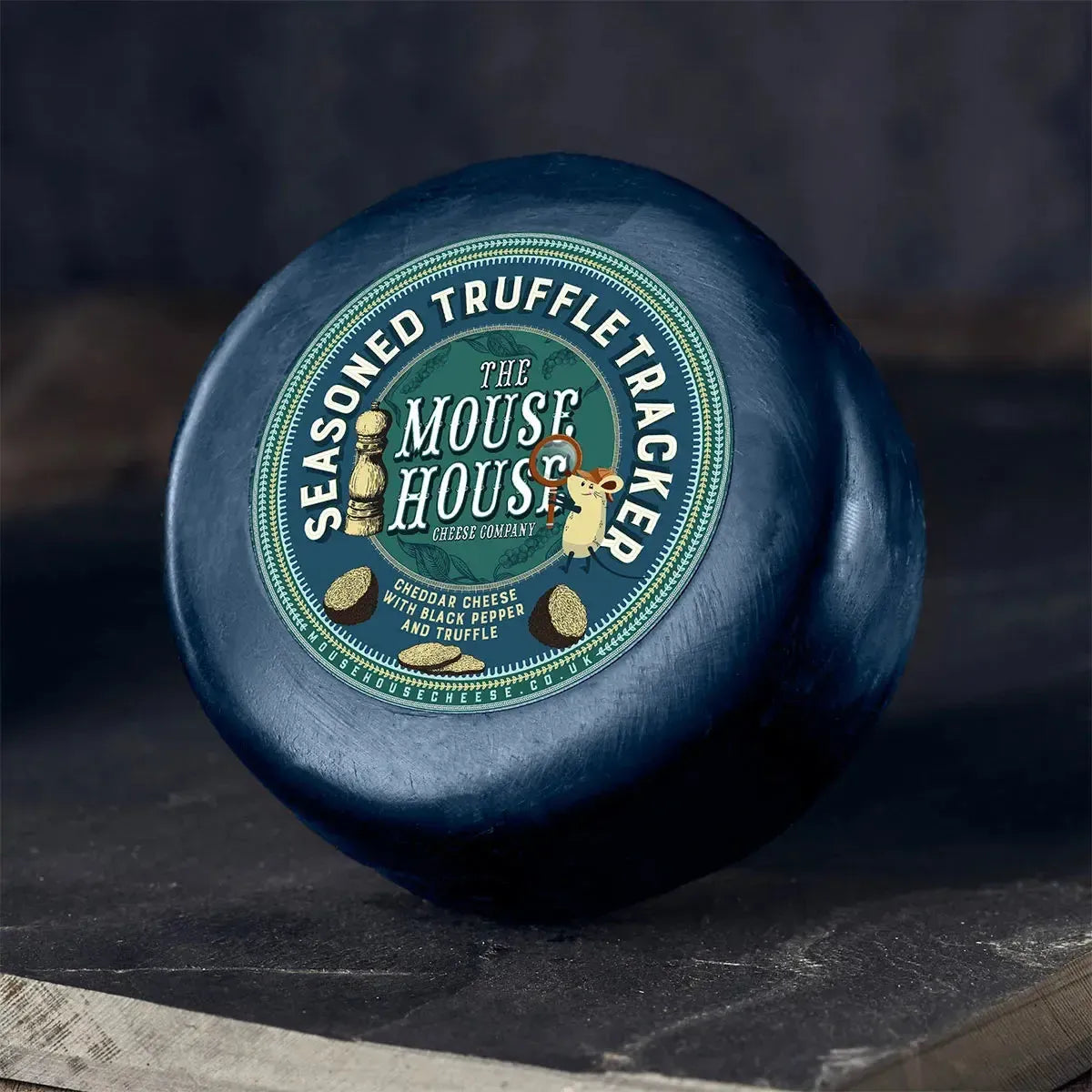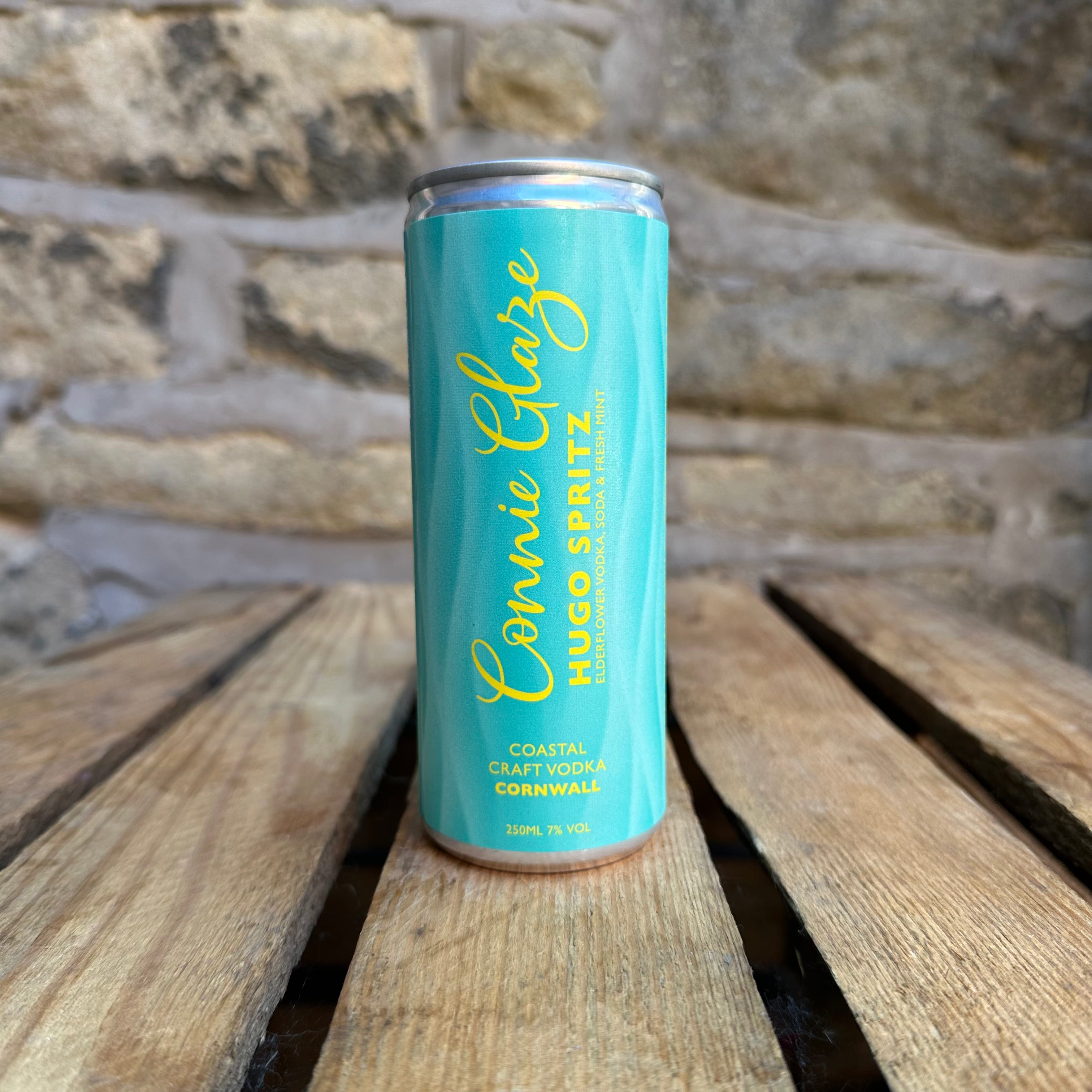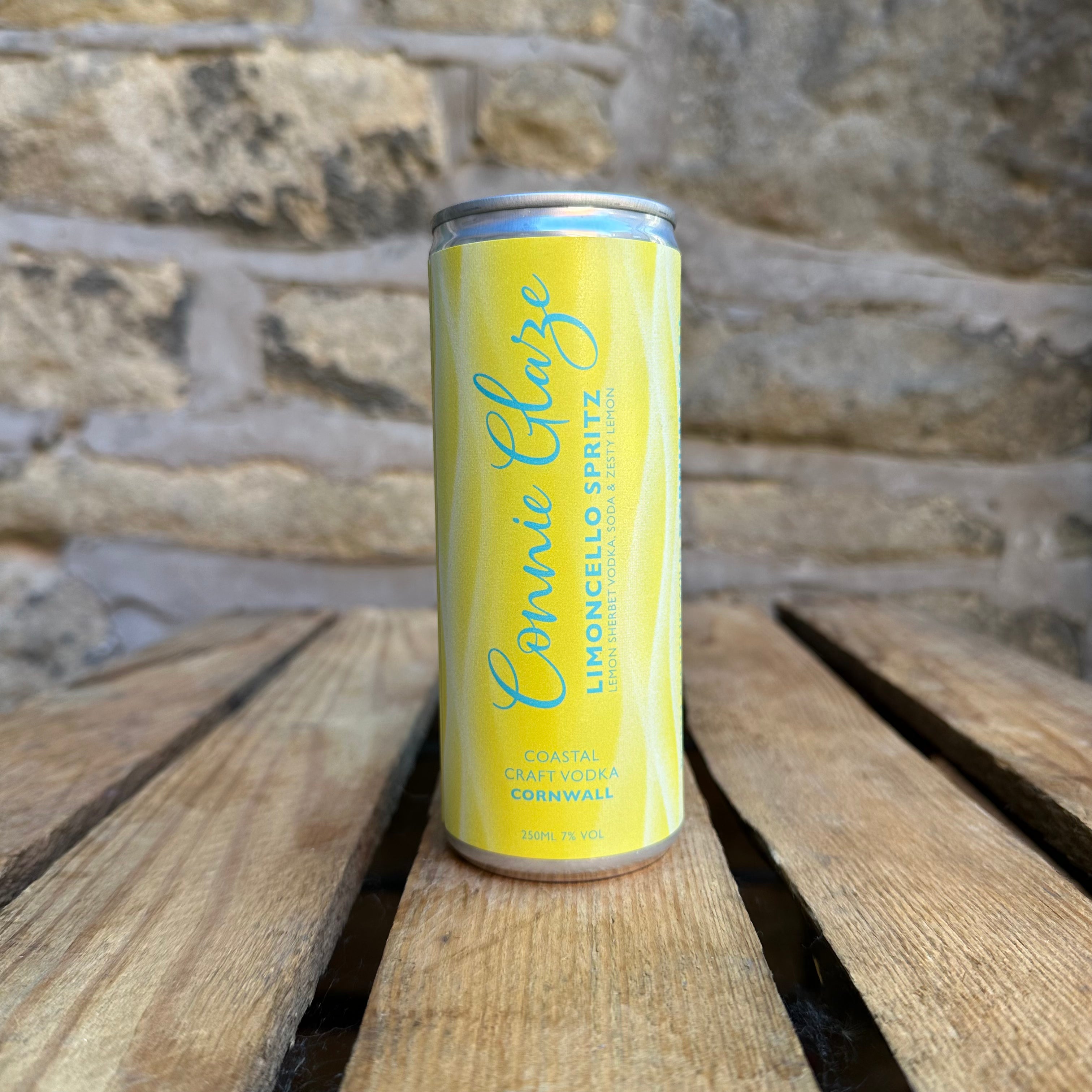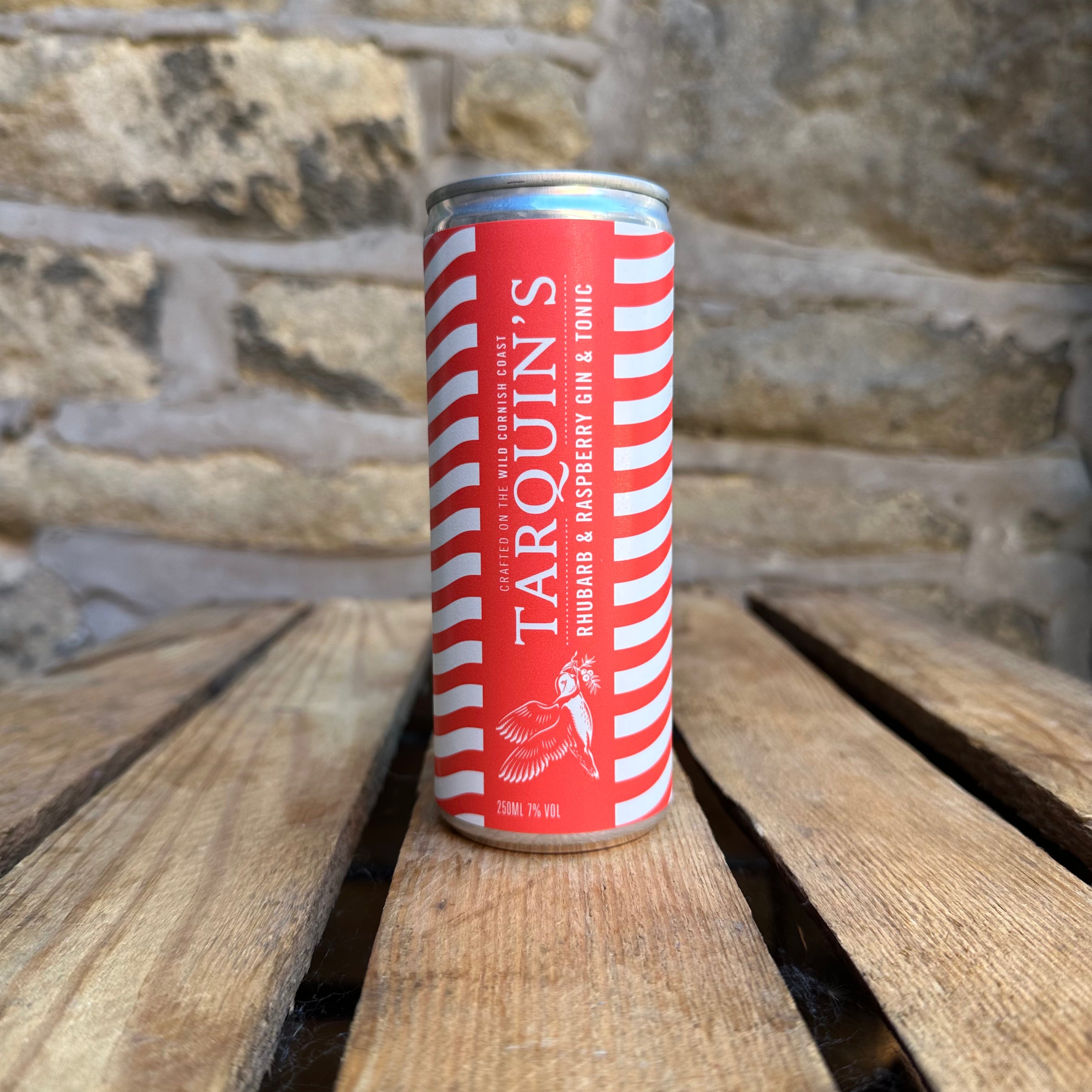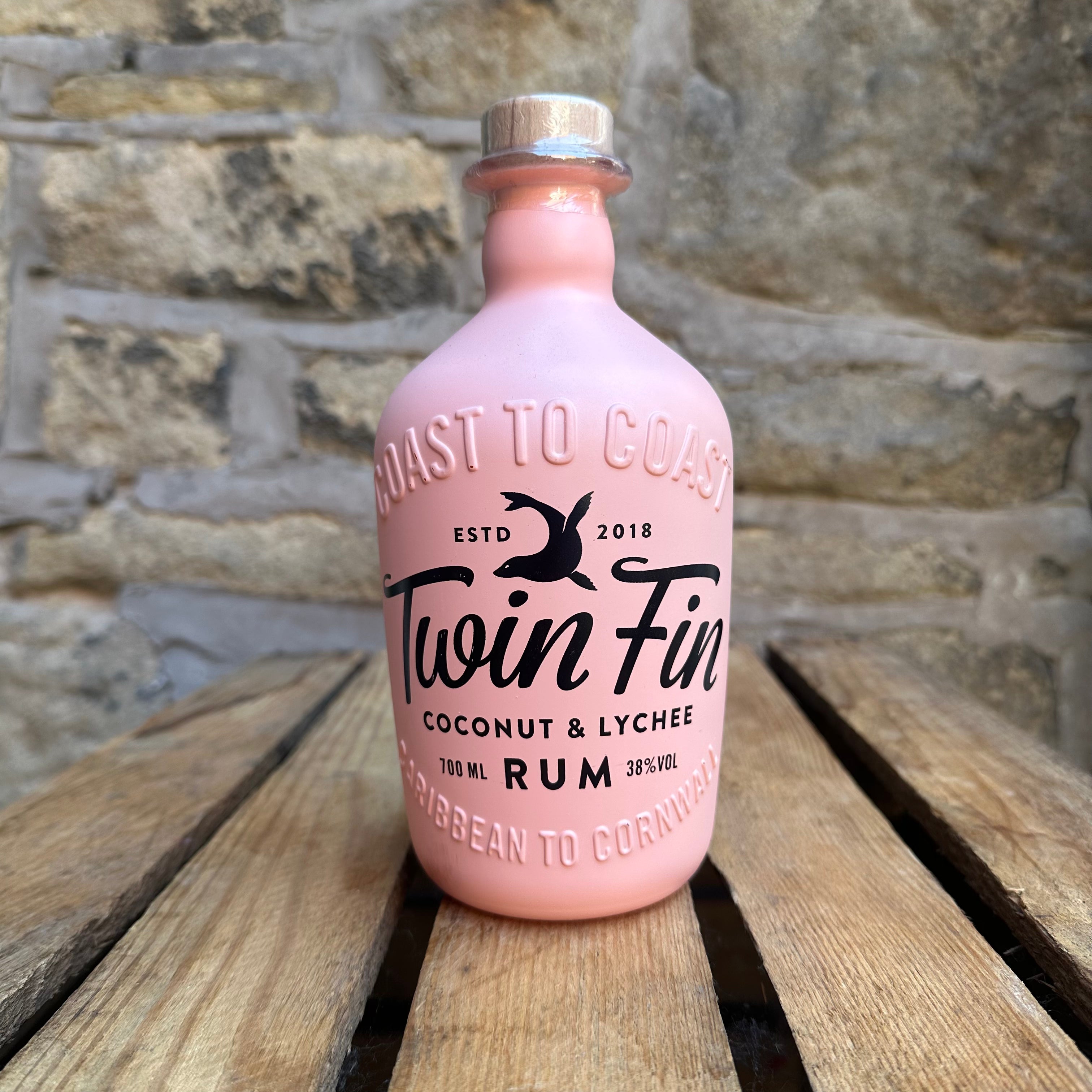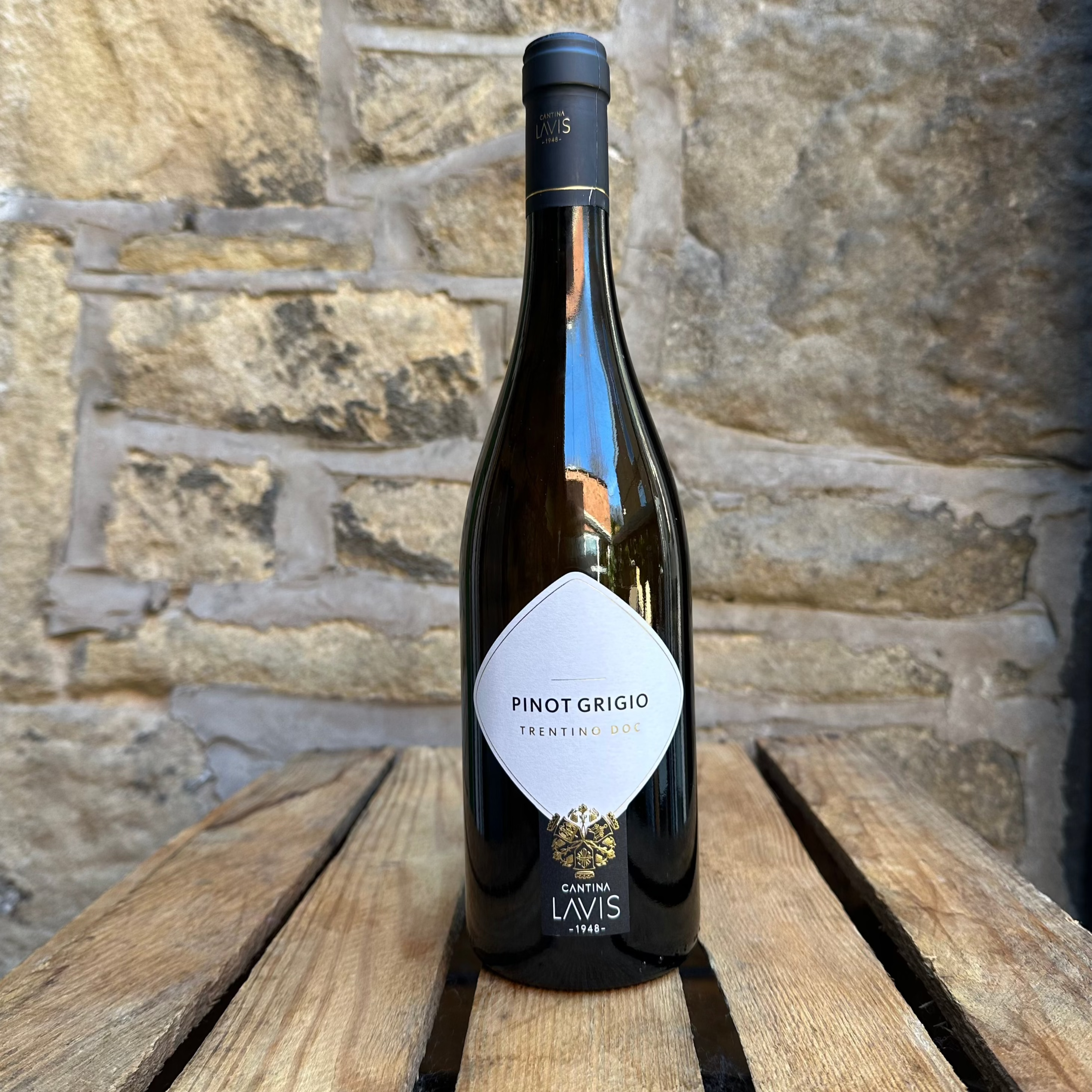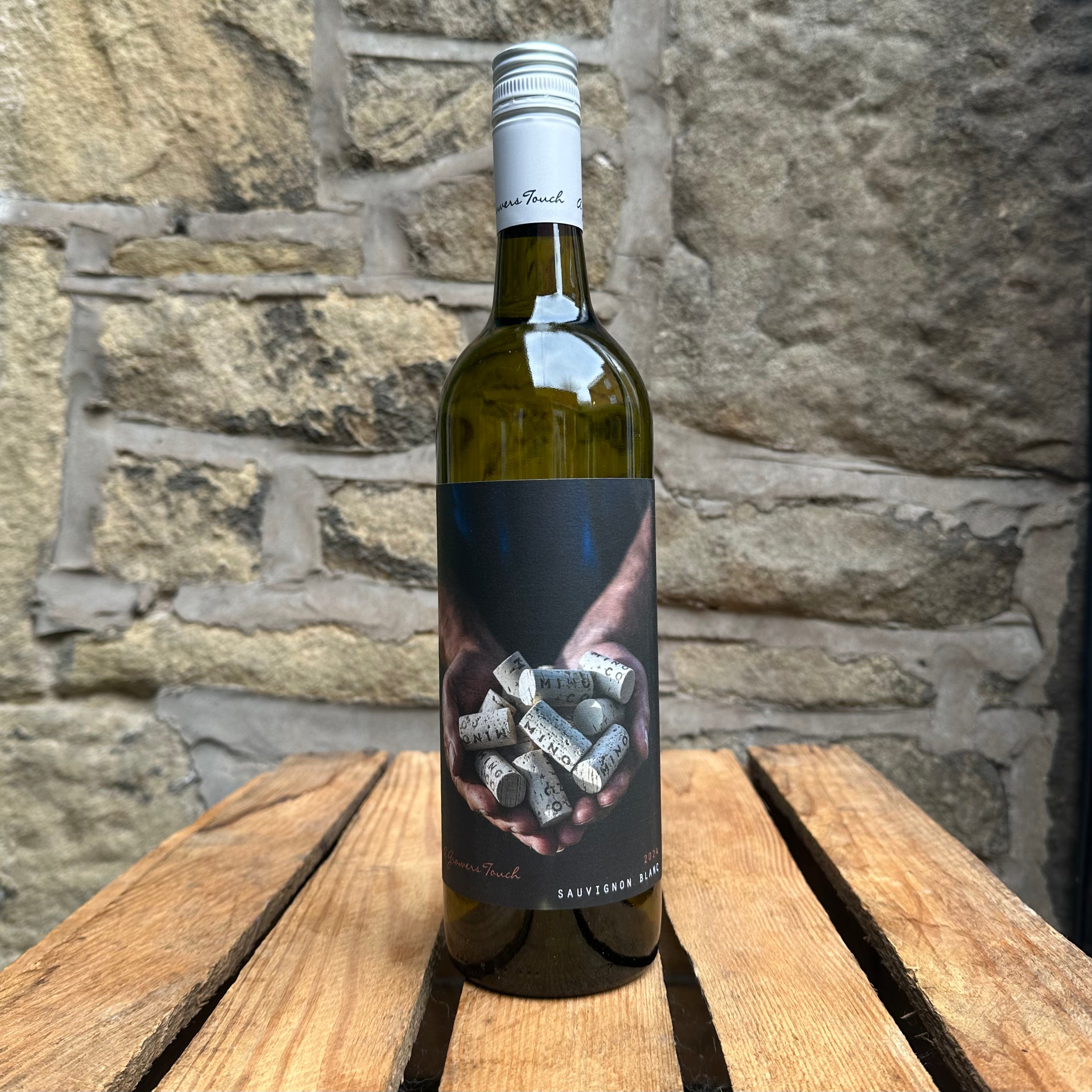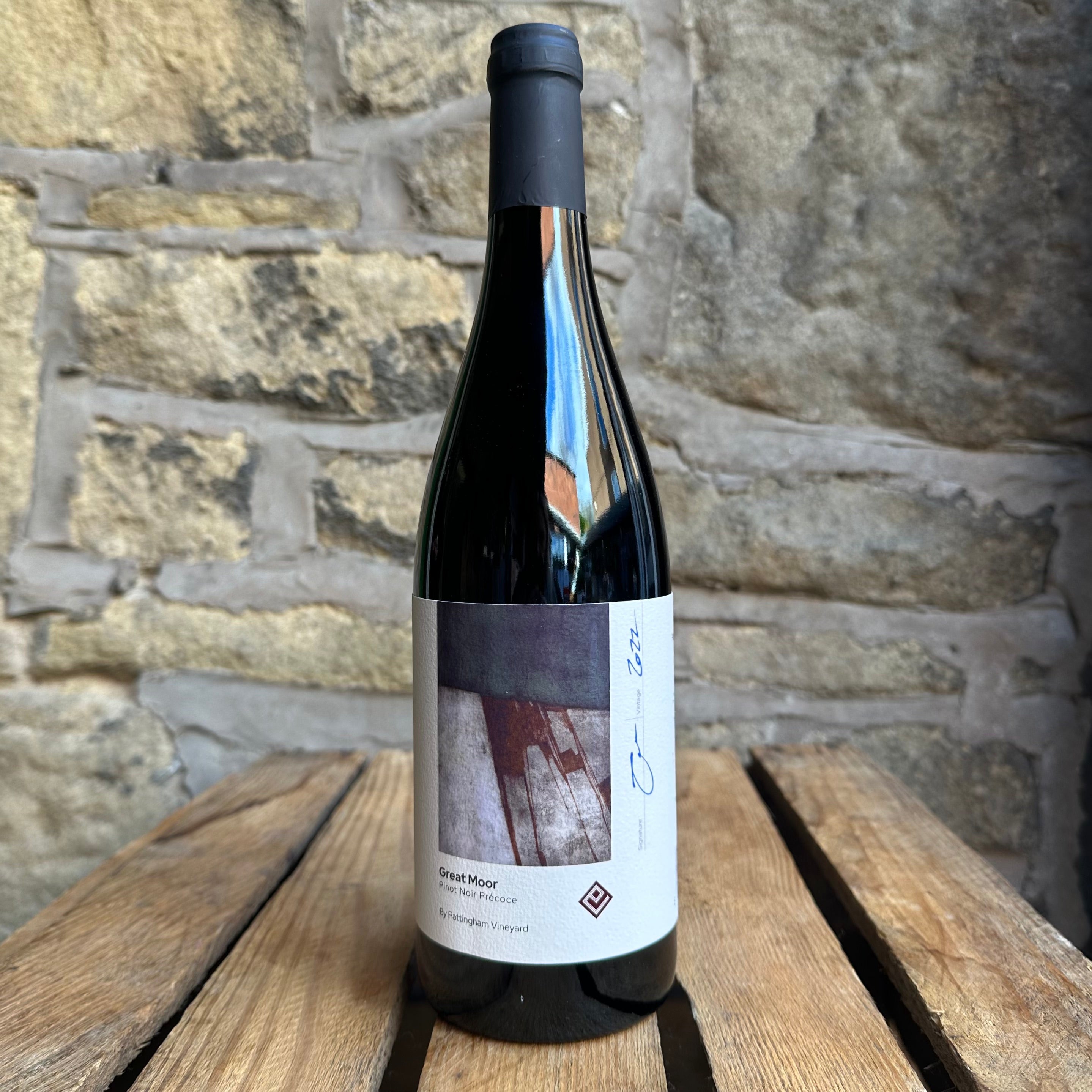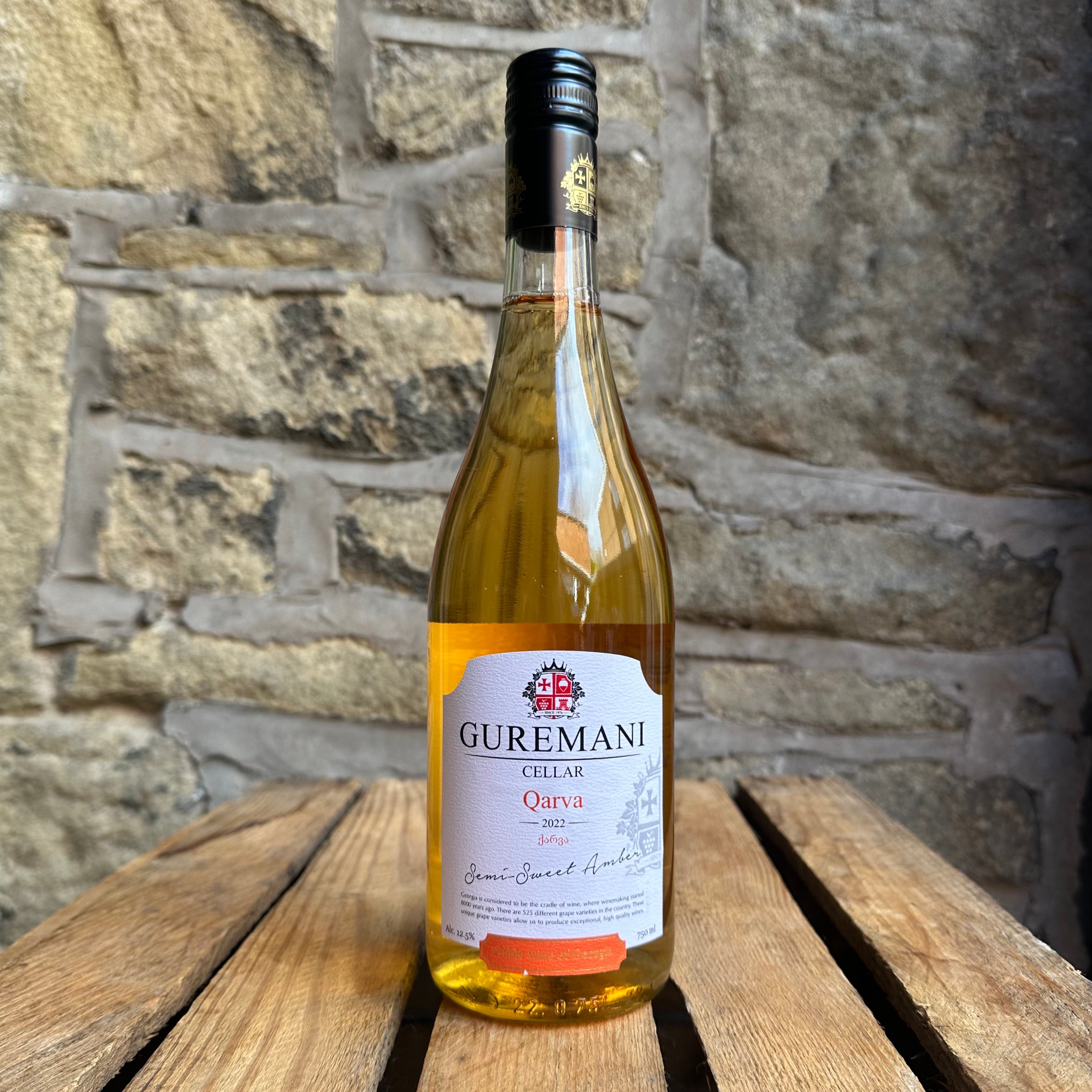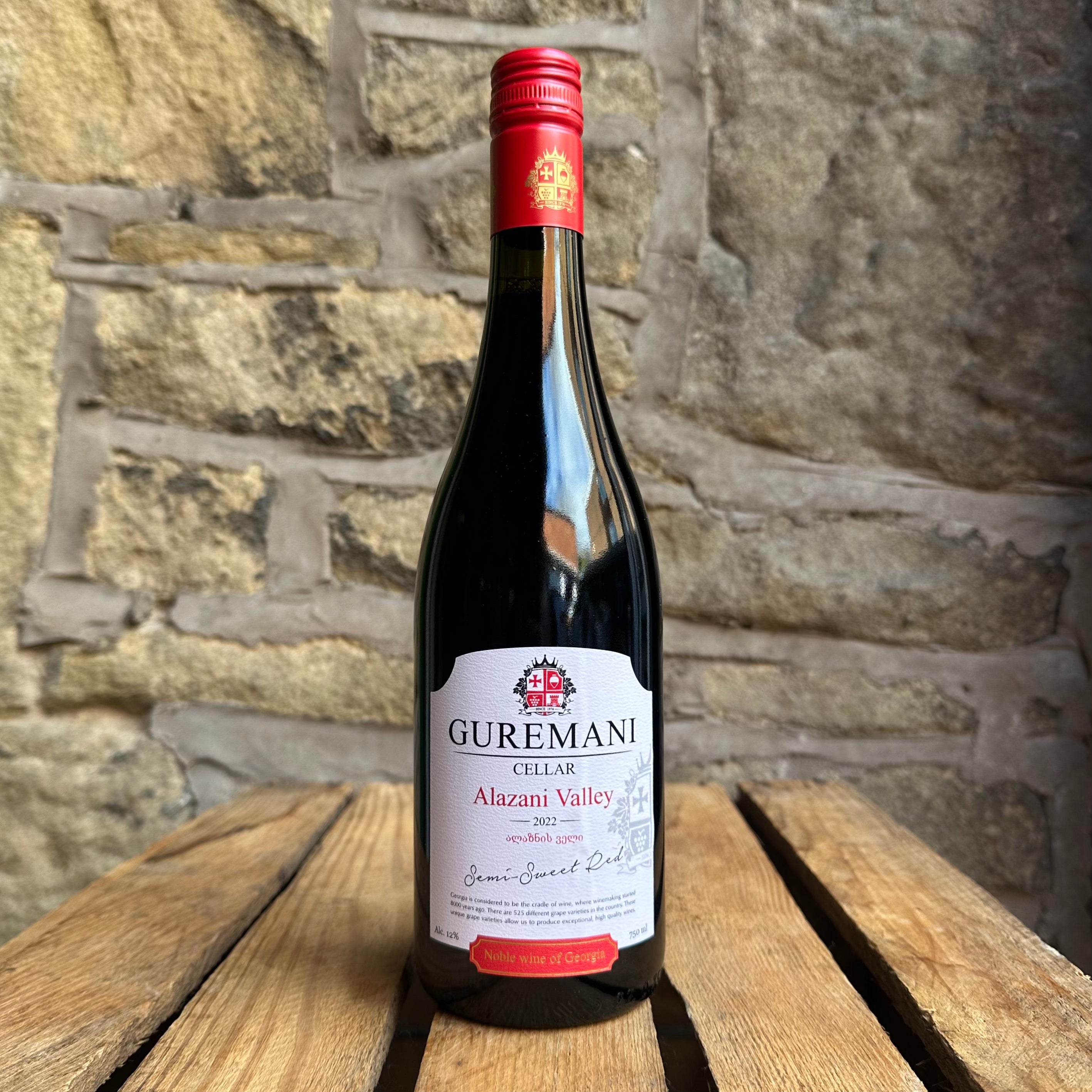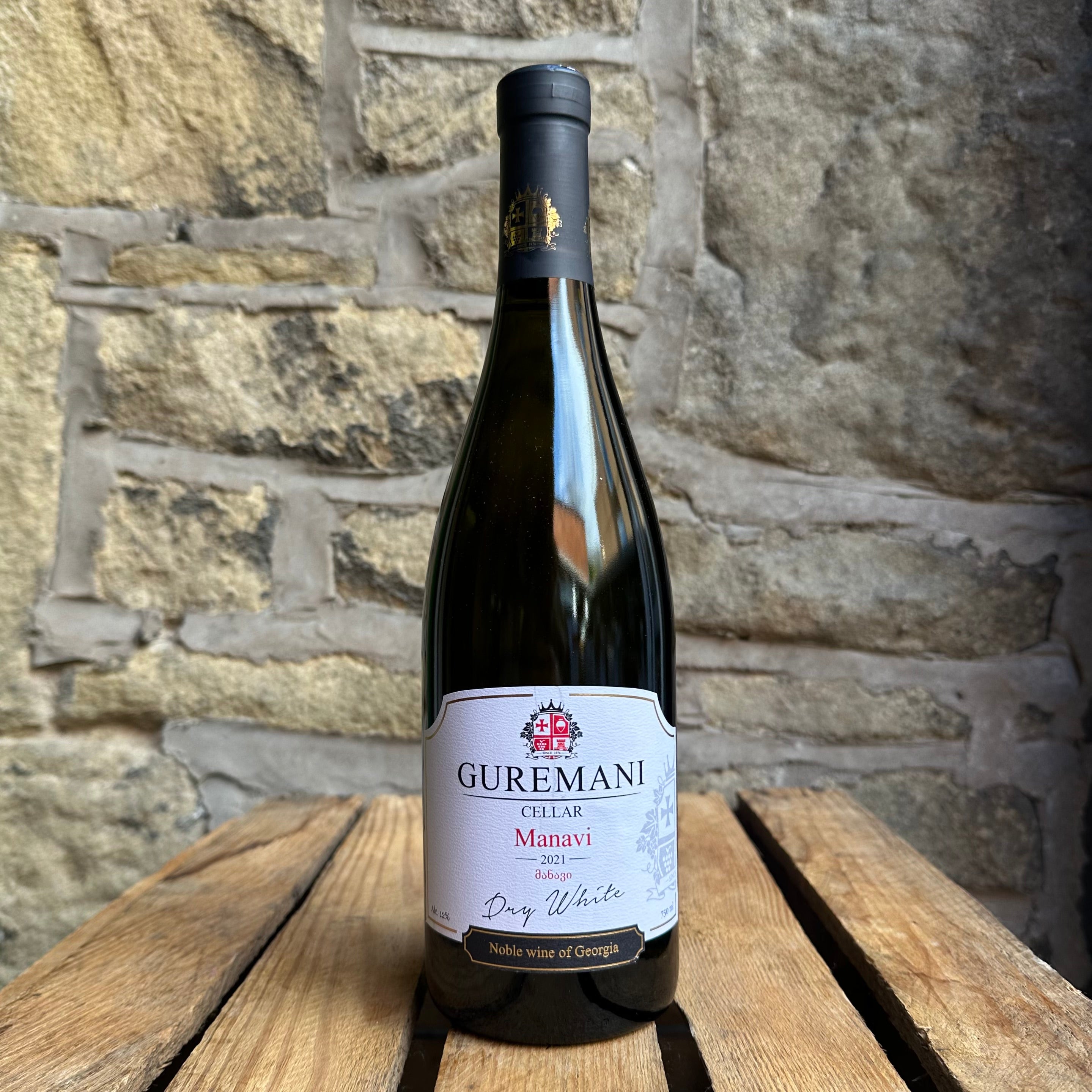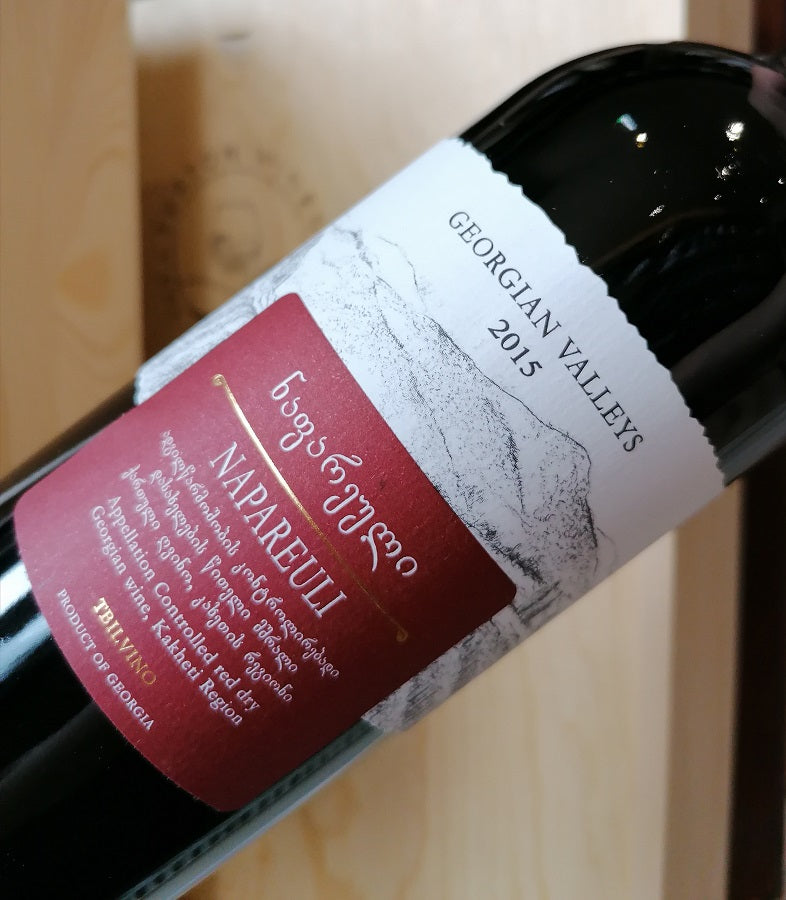
Georgian Gold

As the wine that was the inspiration for Turton Wines' founding, Georgian wine continues to have unrivalled breadth. Widely acknowledged as the origin of wine as we know it, Georgia began production over 8,000 years ago and has sites of ancient winemaking with protected status from UNESCO. So intertwined with local culture, it is still common to see small family owned plots. Mass plantings are often avoided in general, meaning a higher chance of wines made from low yields that provide greater depth, flavour and concentration.
QVEVRI METHOD
Georgia has revealed the earliest archaeological evidence of wild grape juice buried in shallow pits over the winter period to create wine. This was later adapted into the use of Qvevri - clay jars that are sealed and buried below the earth to ferment, macerate and mature wine at naturally controlled temperatures, usually with skins and stems included. UNESCO has given this method, its sties and pieces protected status, and it is still widely used today across the country, Our examples of these wines today create orange wines. These are a great example of tasting the refreshment and (stewed, ripe) fruit flavours of a white, alongside the tannins, earthiness and body of a red.
If you're unsure, Dugladze produce a great introduction to orange wine. Their Ranini Kakhuri spends only 6 months in Qvevri for gentle tannins, full body and flavours of ripe peach, stewed apple, dried apricot. On the other end, Dugladze's Tibaani uses the same grape but with kneading during fermentation and much longer Qvevri ageing. Much bolder, it brings rich stewed fruit, sugared hazelnut, dried apple, lots of herbal notes and ripe tannins. Right in the middle is Tbilvino's Qvevri wine. Fermentation is for a long 6 months, but skins and stems are then removed for further maturation. This brings soft tannins and pine, complementing ripe/stewed pear and quince.

GRAPES
Georgia shows a strong allegiance to native grapes, and with approximately 500 varieties in the country there are plenty to choose from. The most popular red grape is Saperavi. This deeply fruited grape is a teinturier variety, meaning its juice is ruby-purple in colour. This means minimal skin contact is needed, and that maceration provides rich, inky colour. The vine's hardiness is matched by the grape's versatility. Fruit is balanced by complex layers of spice and earth, and the excellent acidity makes this a grape that can be dry to medium sweet.
Tbilvino's Saperavi was Gold Trophy Champion at the 2020 International Wine Challenge for its authentic character and perfect balance of black fruit and cassis alongside coffee, cinnamon, vanilla and liquorice. Dugladze's Ranina Saperavi is more youthful example, showing sour cherry and plum alongside black fruit, before a pleasantly tart finish.
Aleksandrouli is another red grape variety you may come across. Late ripening, the vines thrive on the sunny southern, calcareous slopes of the Caucasus Mountains. Known for producing soft wines with low tannins, reminiscent of youthful Pinot Noir. Koncho & Co's dry Aleksandrouli entices with fresh and sour cherry, strawberry, hints of caramel and herbal nuances.


The most popular white grape is Rkatsiteli. which can now be found across Eastern Europe. Another hardy vine, grapes show excellent acidity and produce dry to sweet wines with good weight and orchard fruit flavours. It is also a favourite grape to use for Qvevri aged orange wines. Tbilvino Rkatsiteli is a good introduction to this grape as a dry varietal. Full yet zesty and fresh, with layers of lemon, honey, apple and peach. Dugladze's Rkatsiteli is a lighter, younger example, bringing herbal and floral hints, fresh white stone fruit, green apple and a refreshing citrus finish.
Mtsvane is also a popular white grape and is primarily used as an excellent blending grape. Producers are more often exploring it as a beautifully soft varietal, and Koncho & Co's Mtsvane shows its delicacy. Apple blossom and acacia mingle with poached pear, honey and citrus zest.

The above grapes as varietal wines are usually dry, However, Georgia is also renowned for an ability to produce many semi-sweet wines using these varieties. Never sickly sweet, these wines show how care in production can create highly drinkable wines of this nature. If we head to appellations, we find some wonderful expressions of dry, off-dry and semi-sweet wines. There are 18 Specific Viticultural Areas held in high regard within Georgia's wine regions, often producing self-named wines with careful monitoring and low yields.
Khvanchkara sits by the mountainous slopes of Racha-Lechkhumi and has produced their unique, gently sweet red wine of the same name since 1907. Reputedly the favourite wine of Stalin, it blends native Aleksandrouli and Mujuretuli grapes. Tbilvino's Khvanchkara shows why it is so esteemed, with smoky, wild strawberry, mellow dried fruit, pomegranate, and a touch of caramel.
Kindzmarauli sits in the largest wine region of Kakheti and enjoys a grape-friendly micro-climate due to its location in mountain foothills on the southwest facing bank of the Alazani river. Another gently sweet wine of same name is produced here, but using Saperavi as its main component. Careful vinification leaves a little natural residual sweetness. Tbilvino Kindzmarauli brings sweet crushed blackberry, damson jam and spice, with hints of buttery toast.

This is similar to the Pirosmani style of wine, also made with Saperavi grapes. Its origins began near the capital, Tbilisi, and it was named after the famous Georgian painter Niko Pirosmani (1862-1918) who was a wine connoisseur kickstarting its production. Known for soft texture and rounded mouthfeel, Tbilvino's Pirosmani also shows ripe bramble and damson fruit notes overlaid with a hint of spice.

Further along the Alazani river sits Mukuzani, whose self-named wine uses Saperavi for an off-dry result, rather than medium sweet. This is achieved through longer ageing in oak barrels. Saperavi's depth and complexity reaches its pinnacle with this style, and Tbilvino's Mukuzani is no exception. Black cherry, dark chocolate, black treacle, vanilla and spice, with greatly robust tannins. Their Mukuzani Special Reserve is a treat for those preferring a dry palate. Produced in limited quantities each year, 100% of the wine aged in French oak barrels for 15 months for a complex palate of ripe tannins, dark fruit, vanilla, tobacco, blackberry and blackcurrant.
Napareuli sits further north on the other side of the Alazani river and is regarded as one of Georgia’s top appellations of origin on the left bank. These self-named wines are known to be full, rustic and dry, also made from the Saperavi grape. Tbilvino's Napareuli is an excellent example, with leather, smoke and tobacco balancing ripe berry fruit.
In between Napareuli and Mukuzani lies a white wine appellation, Tsinandali. Their wine uses Rkatsiteli with a smattering of soft Mtsvane and the key to its profile is the light clay and calcareous soils producing grapes that bring class and elegance to this unoaked wine. Tbilvino's Tsinandali is exquisitely soft and supple, with apple, almond, peppery hints and a creamy, fruity finish.



